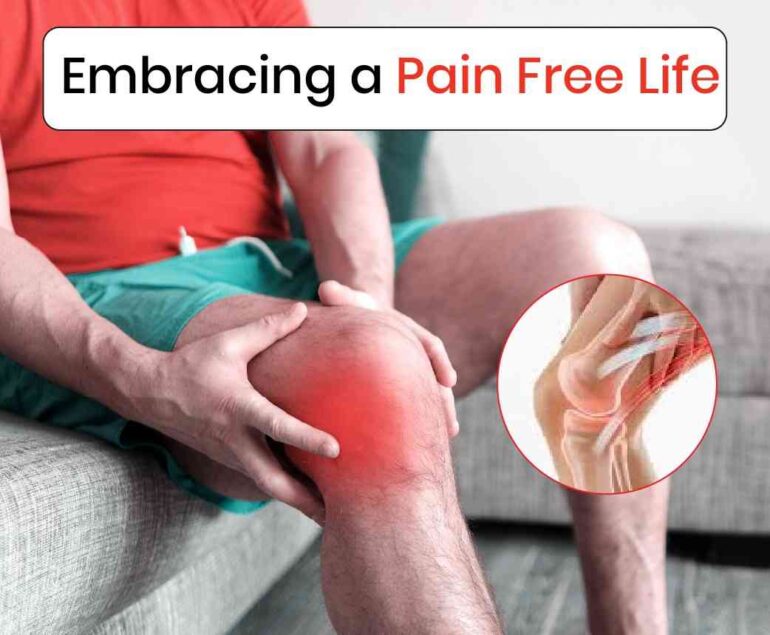Edema, the swelling caused by fluid retention in the body’s tissues, often manifests in the legs, leading to discomfort and concern. Understanding the causes and treatment options for leg edema is crucial for managing this condition effectively.
Causes of Leg Edema
- Venous Insufficiency: When leg veins struggle to return blood to the heart, fluid can accumulate, causing swelling.
- Heart Failure: Ineffective blood pumping by the heart can lead to fluid buildup in the legs.
- Kidney Disease: Impaired kidney function can disrupt fluid balance, resulting in edema.
- Liver Disease: Liver conditions like cirrhosis can cause fluid accumulation in the abdomen, which may extend to the legs.
- Lymphedema: Damage or blockage of the lymphatic system can lead to swelling in the legs.
- Pregnancy: Increased pressure on leg blood vessels during pregnancy can cause fluid retention and edema.
- Medications: Certain drugs, including calcium channel blockers and steroids, can induce fluid retention.
- Injury or Surgery: Trauma or surgery involving leg lymph nodes or blood vessels can disrupt fluid drainage, causing edema.
- Infections: Leg infections like cellulitis can trigger inflammation and fluid buildup.
Other Medical Conditions: Conditions such as deep vein thrombosis and cancer can contribute to leg edema.
Treatment Options for Leg Edema
Compression Therapy: Compression stockings or bandages help reduce swelling and improve circulation in the legs.
Medications: Diuretics may be prescribed to reduce fluid buildup. Medications to improve blood flow or treat underlying conditions may also be recommended.
Lifestyle Changes: Maintaining a healthy weight, regular exercise, and avoiding prolonged sitting or standing can help manage edema.
Surgical Intervention: Surgery may be necessary to address underlying vascular issues, such as removing blood clots or repairing damaged veins.
Other Therapies: Angioplasty, stenting, or vein procedures like sclerotherapy may be recommended to treat vascular issues contributing to edema.
Interventional therapies for treating vascular issues contributing to leg edema encompass a range of procedures aimed at restoring proper blood flow and reducing swelling. These therapies are typically performed by vascular specialists in specialized medical settings. Here’s a detailed overview of these interventional treatments:
Sclerotherapy: Sclerotherapy is a non-surgical procedure primarily used to treat varicose veins and spider veins, which can contribute to leg edema and discomfort. During sclerotherapy, a sclerosing agent, typically in liquid or foam form, is injected directly into the affected vein using a fine needle. The sclerosant irritates the vein lining, causing it to collapse and eventually be reabsorbed by the body. Over time, the treated vein fades from view, and blood is rerouted to healthier veins with better circulation. Sclerotherapy is a well-established and effective treatment for venous insufficiency and varicosities, providing symptomatic relief and improving the cosmetic appearance of the legs.
Endovascular Laser Therapy (EVLT): EVLT, also known as endovenous laser ablation, is a minimally invasive procedure used to treat incompetent or diseased veins, such as saphenous veins, which contribute to venous insufficiency and leg edema. During EVLT, a thin laser fiber is inserted into the affected vein through a tiny incision under ultrasound guidance. Once positioned within the vein, the laser emits targeted energy, causing the vein walls to collapse and seal shut. Over time, the closed vein is gradually absorbed by the body, and blood is rerouted through healthier veins.
These interventional therapies play a crucial role in the management of vascular issues contributing to leg edema, offering effective solutions to improve blood flow, reduce swelling, and alleviate symptoms. As with any medical procedure, the choice of intervention depends on the underlying vascular condition, the patient’s overall health status, and the preferences of the treating physician.
Seeking medical advice for persistent or severe leg swelling is crucial for accurate diagnosis and personalized treatment.




